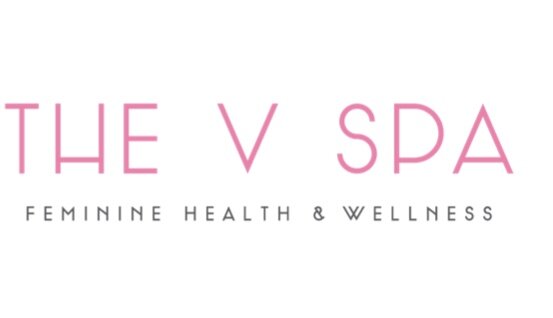The Revolution of Women’s Health
Women’s health and wellness has been on a journey for quite some time, women have brought their health to the foreground of the conversation, and for good reason. Good health is the foundation of a good life. In fact it is the foundation of all life: women who struggle with their health are more likely to suffer with fertility problems. So how has women’s health and wellness revolutionized itself?
In the last few years there has been a greater focus on holistic health. The term ‘holistic’ has become a sort of buzz world, blanket term that not many people know what it fully means. The term ‘holistic’, according to the Google dictionary means ‘characterized by the treatment of the whole person, taking into account mental and social factors, rather than just the symptoms of a disease’.
To break this down, ‘holistic’ with regards to healthcare refers to providing individual, specialist care to a patient looking at the mind and the body rather than just the part of the patient that is sick.
To give an example, an individual who suffers with acne may go to a doctor and be given topical acne cream. Whereas the same individual may go to a naturopath who asks the patient about their stress levels, their diet and their skincare routine to formulate a unique treatment plan with natural herbal remedies.
Holistic healthcare has spread into the West more recently but goes back to Ayurvedic teachings and traditional Chinese medicine (TCM). In fact, Socrates said in the 4th century B.C. ‘the part can never be well unless the whole is well,’ and this still rings true today[1].
Ayurveda is the ancient medical tradition of India. Ayurveda incorporates belief in the five great elements of the universe, the seven primary constituent elements of the body and the three biological energies that each represent[2].
TCM originated nearly 5,000 years ago and focuses on viewing the human body as a small universe of interconnected systems made up of physical elements and energies, referred to as ‘Qi’ or ‘Chi’[3].
Both Ayurvedic practices and TCM are routed in Eastern medicine and have been practiced for thousands of years. But more so recently have spread to the West, encouraging people to look at their health as parts contributing to the whole rather than isolated ailments. This links into the recently popularized term ‘wellness.’
‘Wellness,’ according to Google Insights, is one of the most googled terms in relation to women’s health. But what does ‘wellness’ mean? Essentially, it is an umbrella term, similar to holistic health. ‘Wellness’ refers to an active process of becoming self-aware, and making choices toward self-growth, development and a healthy and fulfilling life.
Wellness and self-care are two interconnected parts. To practice wellness, it is almost certain that an individual will engage in self-care activities. More recently self-care has become intrinsically tied to female empowerment, almost as an act towards social change.
Self-care activities may include meditation, yoga, taking a bath or doing a face mask, but ultimately it is unique to the individual and is reflective of what makes them feel their best. The link to empowerment and social change lies in the fact that women who practice self-care are also, as a result, practicing self-respect and self-love which transcends into their daily life and behavior.
Women’s health has revolutionized towards a more holistic form of healthcare, focusing on the mind and body, reflective of Ayurvedic and traditional Chinese medicine. Women are viewing their health holistically and are incorporating different techniques and practices to improve their wellness like self-care, yoga or natural healing remedies.
[1]https://www.naturalhealers.com/holistic-health-history/
[2]https://www.webmd.com/balance/guide/ayurvedic-treatments
[3]https://www.amcollege.edu/blog/qi-in-traditional-chinese-medicine
Emilina Lomas

